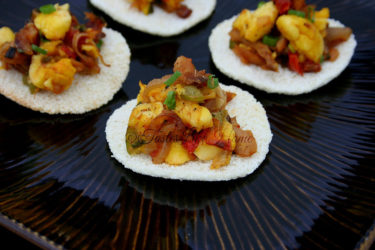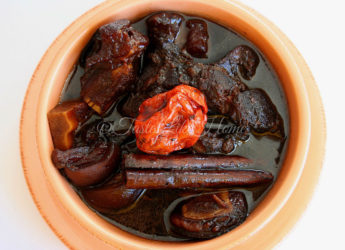Hi Everyone,
I have a confession to make. I know very little about the food culture and food heritage of our Indigenous peoples. Apart from foods such Pepperpot, Cassava bread, Cassareep and Farine (and that is certainly not the sum of their cuisine), I admit ignorance.

I apologise for the lack of education. And since an apology is never followed up with an excuse, I can’t and won’t offer one. I do, however, make a commitment to learn, share, and spread the word. Beginning from this moment, I will be reaching out to my Indigenous brothers and sisters and those with Indigenous knowledge and heritage. I want to learn all that they are willing to teach me.

(Photo by Cynthia Nelson)
These days we are all striving to eat healthy, and for that, many have turned to a Western diet, whether it is European or North American. However, if we can incorporate more traditional, non-processed, nutrient-dense foods into our diets, we can help counter many of the diseases that ail us. This is where we can learn so much from the food knowledge of our Indigenous population. For centuries, they have been eating nutritiously off of the land – forest foods, roots, tubers and cold fresh water fish – without damaging the eco-system. By sourcing only what they need, the earth’s resources such as wood and water are protected. That is a practice we must engage in to help combat mounting food security issues and threats to the environment.

(Photo by Cynthia Nelson)
While we designate a month to the acknowledgment and celebration of our Indigenous heritage, let us strive to incorporate this way of life, especially as it relates to food and the environment, as part of our mainstream thinking and actions. Let’s not waste or ignore the opportunity to learn from the people who taught the world how to hunt and cultivate crops in the Americas.
Many of the people who read this column (myself included) do not live in Guyana, but it is not too late. We can commit, that on every trip back home, we learn a little about the rich food culture and food heritage of our Indigenous people.
Inbox me if you would like to help me learn.
Cynthia





